
High-Voltage Wiring Harness Diagram
Layout & Connection: The high-voltage harness links key high-voltage parts in new energy vehicles, like the power battery, drive motor, high-voltage distribution box, electric compressor, and PTC heater. Its layout is based on the positions of these components to cut harness length, reducing energy waste and electromagnetic interference. In some cars, the high-voltage harness starts from the battery and runs along the chassis or body sides to reach the drive motor.
Features & Requirements: As it transmits high voltage and current, it demands high insulation, conductivity, heat resistance, and shielding. Special high-voltage wires with thick insulation and high voltage tolerance are used, often with shielding layers like braided copper mesh or aluminum foil to fend off electromagnetic interference.
Low-Voltage Wiring Harness Diagram
Layout & Connection: The low-voltage harness connects various low-voltage electrical devices and control units in the vehicle, such as lights, horns, dashboard, ECU, BCM, and door controllers. Centered around the body control module, it branches out to supply power and transmit signals all over the car.
Features & Requirements: Working at 12V or 24V, though the voltage is low, its reliability and stability are crucial due to complex circuits and many connected devices. To ensure signal accuracy and timeliness, different-colored wires with markings are used for easy installation, maintenance, and troubleshooting.
Charging Wiring Harness Diagram
Layout & Connection: The charging harness bridges new energy vehicles and external chargers. There are AC and DC versions. The AC one, thinner, links the vehicle’s charging port to the on-board charger; the DC one, thicker, connects directly to the power battery. In DC fast charging, the charger’s high-voltage output feeds the battery via the DC harness, with multiple relays and signals ensuring safety.
Features & Requirements: The charging harness must have good conductivity, insulation, and wear resistance for frequent use and various conditions. It also needs protection like leakage, overcurrent, and overvoltage safeguards. Plus, a sealed charging interface is essential to keep out rain and dust, safeguarding charging performance and safety.






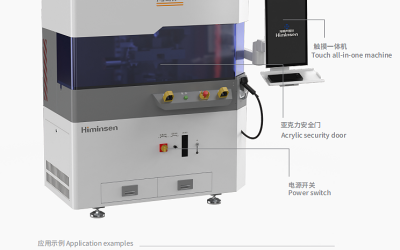

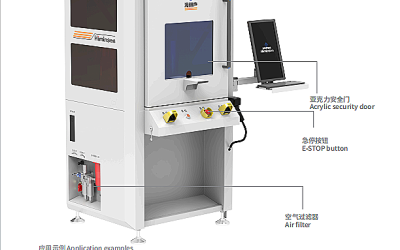
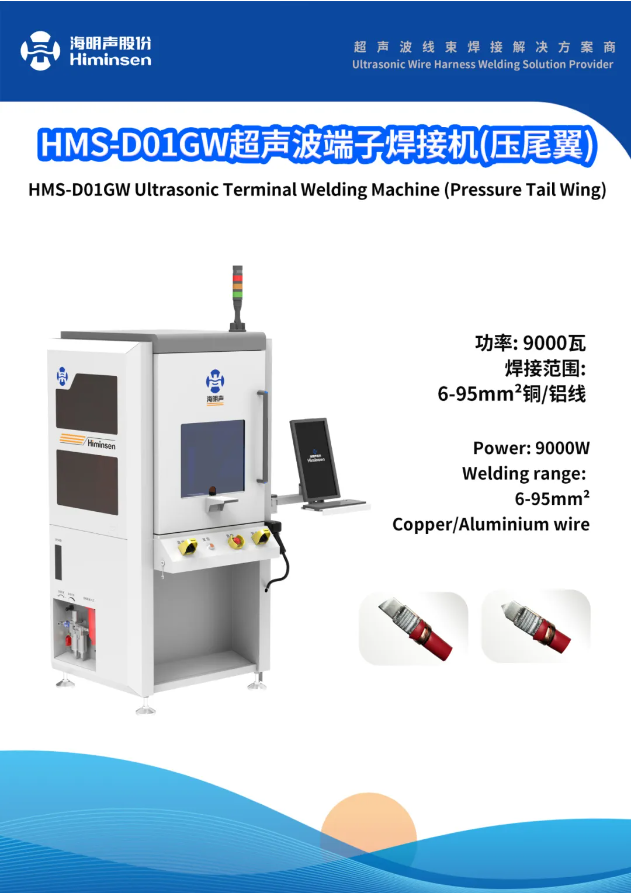
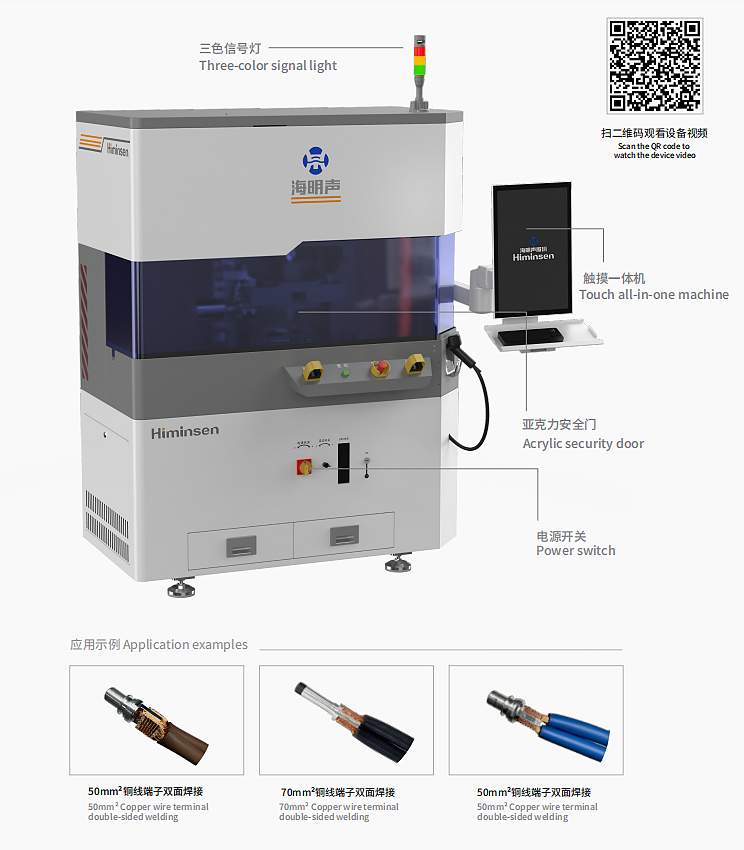
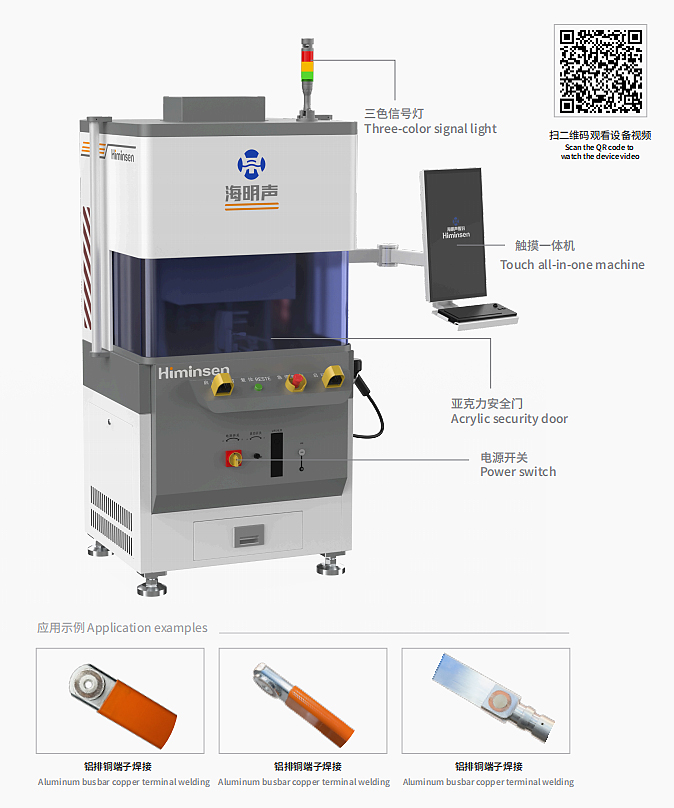
0条评论